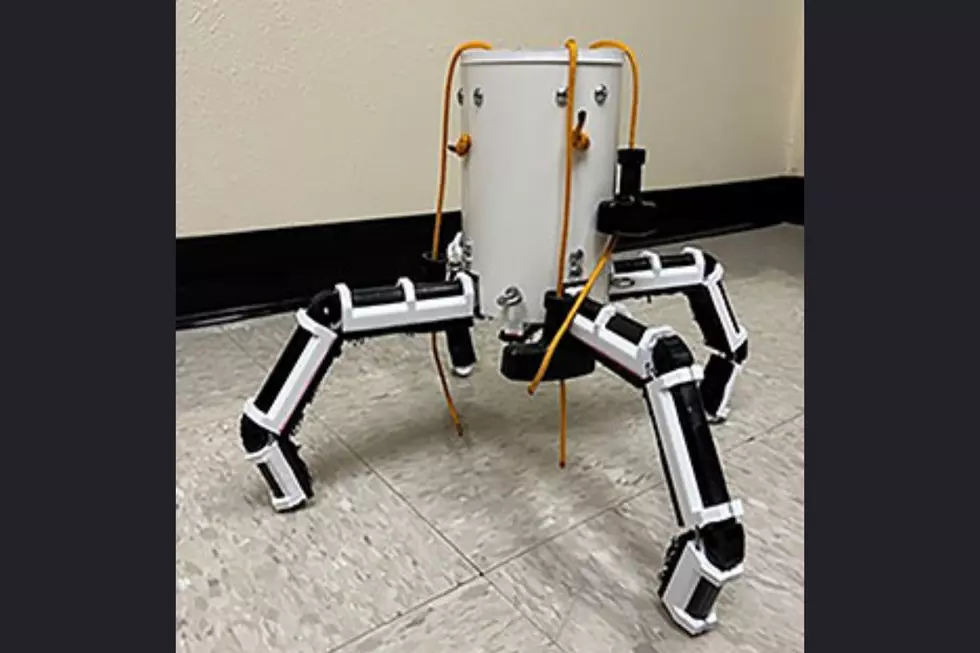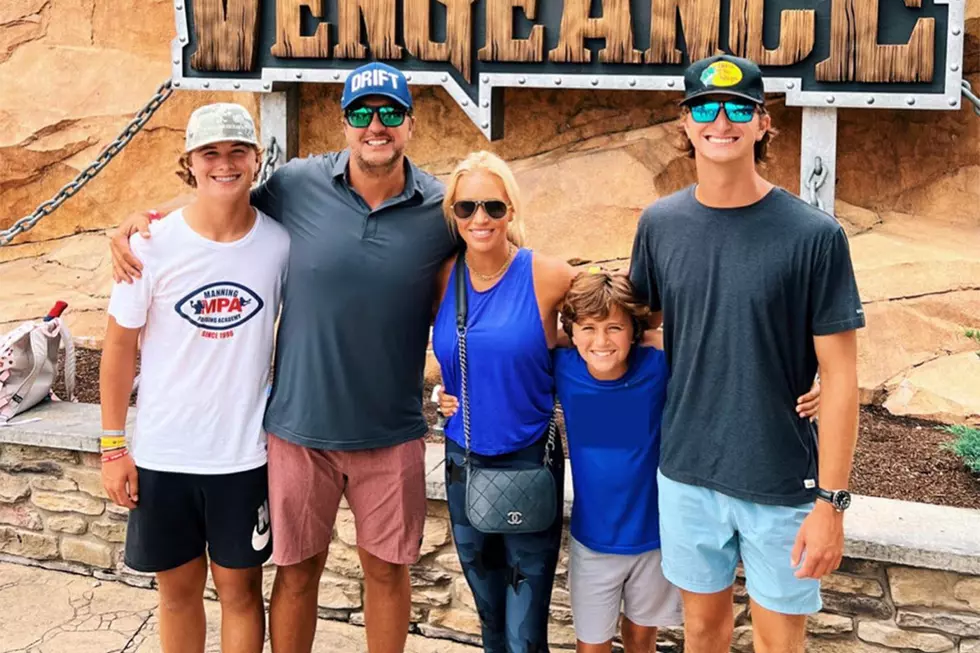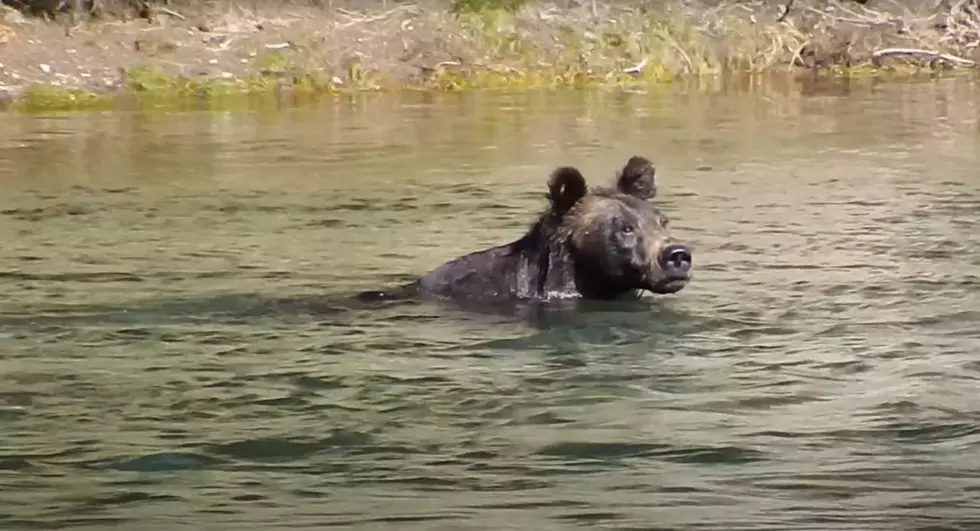
University of Wyoming Student Team Participates in NASA Design Challenge
The University of Wyoming made history as the first team from Wyoming to be selected to participate in NASA's 2022 Micro-g Neutral Buoyancy Experiment Design Teams (NExT) engineering design challenge.
Dubbing the Wyoming Space Wranglers, five undergraduate students from the UW College of Engineering and Physical Sciences designed and built the Cowboy Claw, a lunar reusable surface anchoring device.
The University of Wyoming student team consists of Cameron Ball, from Colorado Springs, Colo.; Forrest Bucholz, of Alpine; Reese Romero, from Cody; James Sheets, of Powell; and Daniel Wenger, from Vale, Ore.
“We were ecstatic to hear that we had been accepted to the Micro-g NExT challenge,” says Sheets, who graduated this spring. “After several months of deliberation, NASA released the accepted teams in the form of an acceptance video. We were very happy to hear our name called. We were selected alongside other large schools in the nation, who had teams much larger than ours.”
The Micro-g NExT challenge encourages students to design, build and test a tool or device that addresses an authentic, current space exploration challenge. It allows students to experience firsthand how to do engineering design, test operations, and public outreach. The challenge also provides students with a unique opportunity to contribute to NASA’s missions, as the design challenges are identified by NASA engineers as necessary in space exploration missions.
“The challenge provided an opportunity to invent something new,” Sheets says. “It was really a great opportunity to tinker.”
The lunar surface extravehicular activity (EVA) operations of Artemis, NASA’s lunar exploration program is the main focus of this year's challenge. There was a total of three challenges involved -- Designing an EVA sample size location calibration marker; an EVA sample bag and dispenser; and a lunar reusable surface anchoring device.
The UW team participated in the third challenge, where the objective was to design and manufacture an anchoring mechanism that is able to provide holding force on a variety of objects with different types of surfaces.
“Our main inspirations for the design were the dexterity and versatility of the human hand,” Sheets says. “Inside the human hand, the knuckle joints are known as compliant mechanisms. They bend to accomplish a goal and then return to their original shape. We mimicked this by creating joints out of a 3D printed thermoplastic polyurethane that is available in the University of Wyoming Innovation Wyrkshop. These joints, in combination with stainless steel tendons, allowed for our device to maintain a strong grip on a variety of rocks. Our team used these two key aspects of the design to create a lightweight, reusable, durable, and nonpenetrative device.”
The importance of an anchoring mechanism in space is mission-critical.
“The Cowboy Claw is intended to allow astronauts to tether themselves, their gear or other EVA devices to the lunar surface,” Ball says. “A quickly established anchoring point enables astronauts to safely conduct their research. Additionally, anchoring devices, such as ours, can be applied to other manned or unmanned future space exploration efforts to Mars and beyond. Furthering mankind’s understanding of the lunar environment will help us understand our world better and help prepare us for future planets that await us.”
The Cowboy Claw was delivered to NASA’s Johnson Space Center in Houston at the end of May. Micro-g NExT coordinators and NASA personnel examined the UW team’s device as well as the other selected teams’ devices.
In June, before traveling to Houston to have its project tested by professional divers in the NASA Johnson Space Center Neutral Buoyancy Laboratory (NBL), a simulated microgravity environment, the UW team participated in a test readiness review.
Watch the test below!
Video credit: Microgravity University
“It was a lot of fun to watch the divers test our device in the NBL, and the testing experience felt very authentic,” Sheets says. “Our device first had to pass through a safety check to ensure nobody got hurt. Then, we were able to brief the diver with some instructions before use.”
Ball, who graduated in May, says that he would like to see other UW students be part of the Micro-g NExT experience.
To learn more about the NASA Micro-g NExT challenge, visit https://microgravityuniversity.jsc.nasa.gov/about-micro-g-next.
Wyoming's Top Stargazing Destinations
More From Y95 Country


![Jackson Dean, Callista Clark Look Ahead to All the Big Machine Music City Grand Prix Fun [Exclusive]](http://townsquare.media/site/204/files/2022/02/attachment-JacksonDean-1.jpg?w=980&q=75)






